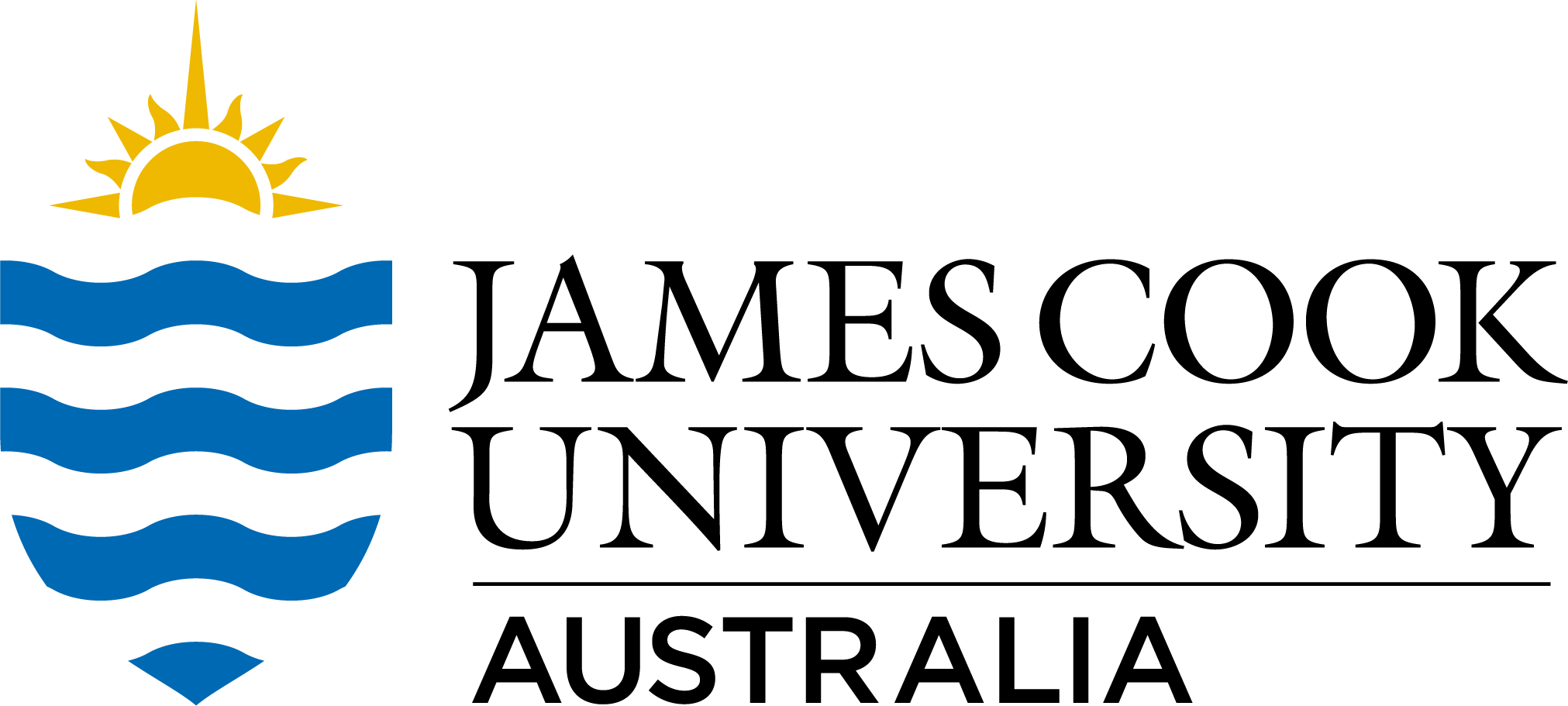Brief description
Behavioural data of dottybacks (Pseudochromis fuscus) and damselfish recruits (Pomacentrus chrysurus) collected from mesocosms experiments at Lizard Island Research station during November of 2013.
Full description
This dataset was collected from a mesocosm experiment aimed to study how fear elicited by top-predator cues (visual and chemical stimuli) can alter mesopredator (dottybacks) behaviour and modify their interaction with resource prey (damselfish recruits). The dataset for the mesopredator contains the change (mean ± SE) in (a) the time spent in shelter (%), (b) total distance moved (cm), (c) total area explored (cm2), (d) distance swum per trip (cm), and (e) feeding strikes (#/10 min) by dottybacks (mesopredator) between 10-min pre and post-stimulus periods. During the post-stimulus periods dottybacks were exposed to five experimental treatments: (i) the visual cue of a top-predator (coral trout); (ii)the chemical cue (odour) of a top-predator; (iii) the co-occurrence of chemical and visual cues of a top-predator; (iv) the co-occurrence of chemical and visual cues of a non-predator (thicklip wrasse); and (v) the co-occurrence of chemical and visual cues of an empty tank. Feeding strikes were directed towards six damselfish recruits (resource prey) within the mesocosm. The dataset for the damselfish recruits contains the distance (mean ± SE) from the source of risk (location of the mesopredator or its strike) at which damselfish recruits (resource prey) were positioned during moments of “maximum predation risk” within the post-stimulus period. Dottybacks (mesopredator) were under the effect of the five experimental treatments during this period. Positive values are indicative of fish with low predator avoidance behaviour located close to the risk source (location of the dottyback or its strike), while negative ones are indicative of fish with higher predator avoidance behaviour located far away from the risk source.
Notes
This dataset is available as a spreadsheet in MS Excel (.xlsx) and Open Document format (.ods)
Created: 2015-03-17
Data time period: 19 11 2013 to 26 11 2013
text: 14°40´S, 145°28´E
text: Lizard Island. Great Barrier Reef. Queensland. Australia
User Contributed Tags
Login to tag this record with meaningful keywords to make it easier to discover
- DOI : 10.4225/28/5507A0EF761F7

- Local : researchdata.jcu.edu.au//published/6a38b1d4b8ccd118554c3706f369928a
- Local : b9a254c6b8c9cbac23f0b39af95f278c


